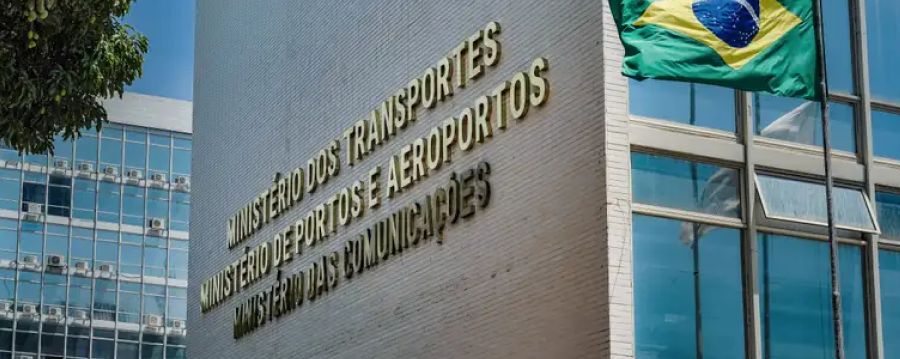The National Association of Freight Transport Users (ANUT) is analyzing the plan proposed by the Minister of Transport, Renan Filho, to revitalize the Brazilian rail sector, according to
reported by José Eduardo Barella in his article for NeoFeed on 13/06/2024.
1 – Current context of the rail network
The current Brazilian rail network stretches over 30,653 km, of which 18,500 km (60.4%) are idle.
This scenario highlights the significant challenge of reactivating and modernizing underused infrastructure.
ANUT recognizes the urgency of addressing this issue in order to improve national logistics efficiency.
2 – Financing Proposal
Minister Renan Filho’s plan aims to raise between R$25-30 billion by renegotiating early concessions.
The strategy is based on transforming negative Net Present Values (NPVs) into positive ones, proposing a government contribution of 20% of the total value of the projects.
This approach seeks to make projects previously considered unviable economically viable, potentially leveraging up to R$125 billion in total investments.
3 – Operational Challenges
The obsolescence of the existing rail infrastructure represents a significant obstacle.
In order to compete effectively with road transport, railroads need to reach operating speeds of 70-80 km/h for freight.
This requires not only the modernization of tracks, but also the unification of gauges and the adjustment of gradients, representing a considerable technical and financial challenge.
4 – Diversification of the Freight Matrix
Currently, 75% of the volume transported by rail in Brazil is concentrated on ore.
ANUT believes that expanding the cargo portfolio to include manufactured products is crucial for the sustainable development of the sector.
This requires the development of integrated logistics solutions adapted to the needs of different industrial segments.
5 – Right of Way and Interoperability
The high rate of use of existing railroads, as exemplified by Vale’s network with 95% occupancy, limits the effective implementation of the right of way.
ANUT advocates the implementation of policies that favor the sharing of infrastructure in order to increase operational efficiency and reduce logistical bottlenecks.
6 – ANUT’s position
ANUT maintains a cautious stance of support for the injection of public funds, conditioning its support on transparency and efficiency in the application of these funds.
We advocate prioritizing projects that meet the real needs of the freight transport sector, effectively contributing to reducing national logistics costs.
Our association is committed to continuously monitoring the implementation of the plans and their impact on the sector.
7 – Recommendations
We recommend the development of a long-term railway master plan, which considers not only the expansion of the network, but also its efficient integration with other modes.
We suggest the implementation of robust performance indicators to assess the effectiveness of the investments made.
In addition, we emphasize the importance of promoting multimodal integration as a strategy for optimizing the national logistics chain.
ANUT remains vigilant about the development of these plans, advocating for a transport system that prioritizes logistical efficiency, the competitiveness of the productive sector and the reduction of transport costs for end users. We will continue to work closely with the authorities and stakeholders in the sector to ensure that the proposed improvements translate into tangible benefits for the entire Brazilian logistics chain

